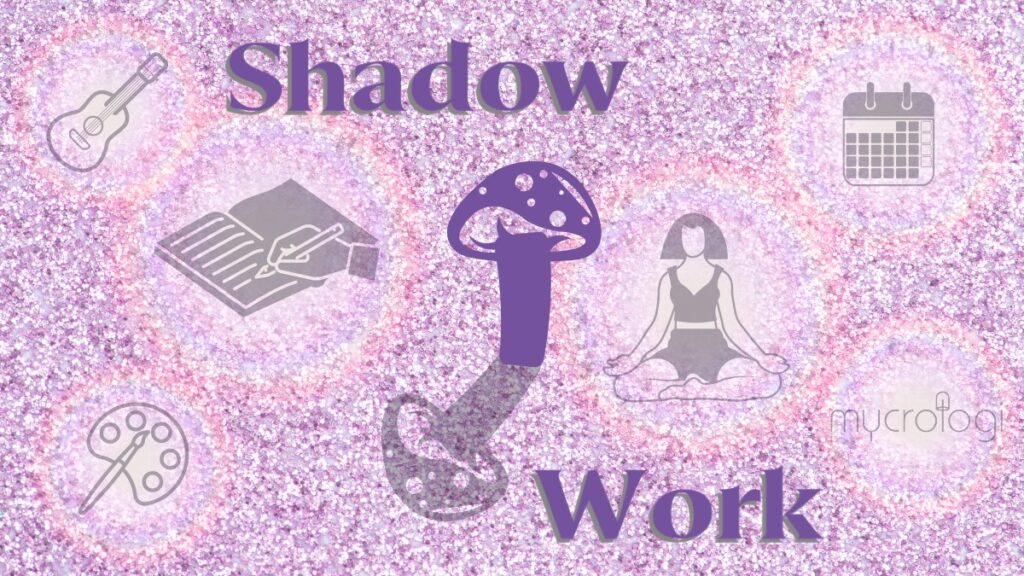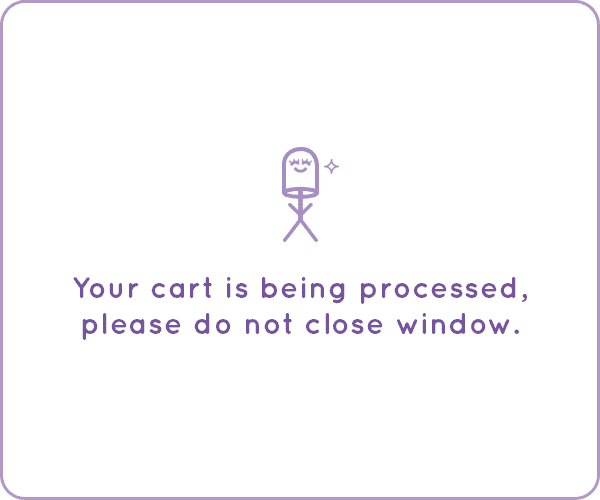Education
What is Shadow Work?
There may be nothing as complex or incomprehensible as human consciousness, and within this intricate realm of human cognition resides an intriguing aspect known as the shadow. Exploring the complexities of the shadow self offers a potential path to understanding our authentic selves to the fullest capacity, all while teaching us to embrace our demons and live freely amidst our wounds and flaws. So, how well do you know your dark side?
- The Shadow
Carl Jung, a Swiss psychiatrist who introduced the “shadow” concept within the field of psychology, considers the shadow a representation of repressed, darker, unconscious aspects of an individual’s personality. However, it is important to recognize that the very concept of shadow work holds deep roots in ancient traditions and has been associated with Shamans and traditional medicine people who took part in rituals, ceremonies, and practices that encouraged deep connections with the unconscious shadow self we speak of today.
This often-hidden, dismal side of our personality is believed to be composed primarily of negative emotions and impulses, and is thought to be formed during childhood and while the ego develops.
In human nature, it is common to suppress this aspect of ourselves, for we often recognize the shadow self to be the undesirable, socially unacceptable, and even humiliating part of our personality. This is also a result of different societal pressures and norms, which is known to discourage the expression of negative or uncomfortable emotions such as these.
Carl Jung describes the shadow self as being the part of our character or personality that does not align with the ideal version of what we are striving to be, in which Jung has named this version of self as the ego ideal. It is in the ego ideal state that we are able to repress the existence of our shadow selves, but does it come without consequence?
Long-term repression of the shadow self can result in us projecting them onto others, without even knowing it. The same repression may lead to destructive patterns, lowered self-awareness, and other unconscious patterns that impede the ability to develop psychological wholeness.
Consider your shadow is an inner duplicated self, residing within you, attempting to convey vital information. This inner duplicate desperately seeks recognition, wanting nothing more than to be seen, heard, and understood. However, when ignored or repressed over time, it can resort to sabotaging other cherished aspects of your life in a fit to be acknowledged. Because of this, ignoring its calls may lead to unintended outcomes that affect your ability to attain full satisfaction and harmony with life.
So what does shadow sabotage look like? Addiction, mental illness, poor self-esteem, low self-awareness, chronic exhaustion, ego inflation — the list goes on. With all this said, there is no denying the concept that we are our own worst enemy when we refuse to confront it.
Without further delay, you may be curious about how to begin assimilating your shadow self, initiating the journey towards healing and well-being. This is where shadow work comes into action. Now that we have a better understanding of what the shadow is, let us explore how we can effectively engage with it, opposed to resisting its integral existence.
- Shadow Work
The shadow work practice involves the willingness to not only explore but integrate this shadow part of ourselves we’ve discussed above. These so-called undesirable aspects of ourselves are to be brought to the surface of our conscious awareness in shadow work so that we may begin acknowledging them and learning to accept them without overbearing judgment.
The first step for those hoping to get into shadow work is to create a level of self-awareness that allows us to dig into the unexplored parts of our psyche. In order to attain this nature of self-awareness, we might begin by setting aside time dedicated fully to reflection and introspection. This time should be spent finding ways to come into tune with our thoughts and emotions so that we can explore our inner environment on a deeper, more introspective level.
In accordance with Jung’s expertise, there is no one generally effective method to assimilate the shadow self. More so, it is the acceptance and acknowledgment of the shadow itself that may allow the long process of negotiation between us and the shadow to begin and progress effectively. However, there are indeed practices that can help us get there.
- Meditation
Meditation is a very common practice in shadow integration, for it may be one of the most powerful methods in terms of allowing us to become open and familiar with our inner thoughts both in and out of conscious awareness.
Once one is familiar with meditation, there are actually meditation techniques designed specifically for shadow work. This form of meditation involves exploring past wounds, acknowledging the darker aspects of ourselves, and reconnecting with our inner child. If you’re interested in incorporating this form of meditation into your practice, there is a wealth of information available online, including meditation scripts that can guide you through the process and help you derive the full benefits of this shadow work practice.
- Journaling & Habit Tracking
Journaling can serve as a valuable method to externalize your inner emotions and thoughts, offering you the opportunity to delve deeper into your psyche and behaviours without self-censorship. Initially, you might encounter challenges in freely expressing these thoughts and behaviours on paper, but with practice and consistency, the process will become more fluid. Shadow journaling can host a profound connection between your conscious self and the unconscious mind, allowing us to slowly shed our judgments toward the shadow self and learn to befriend it, by essentially writing to, and for it.
Journaling can also go hand in hand with habit tracking, which is another effective way to practice effective shadow work. When you are feeling negative emotions like anger, frustration, or irritability during an interaction with another person, write it down. One thing that our shadow loves to do is project our insecurities onto other people or other things, and we often don’t realize it. By using a journal to track your negative thoughts or feelings, alongside the situation that triggered them, we can begin establishing crucial patterns that allow these situations to occur.
- Artistic Expression
Sometimes, no matter how hard we try, it can be very difficult to put our feelings into words. Exploring more artistic forms of self-expression such as drawing, painting, dancing, music, poetry, and more, can provide a valuable pathway to unlocking and expressing our shadow selves in a manner that feels more innate and natural to us. Engaging in art therapy can effectively bring the shadow self to the surface, allowing us to create without judgment and enabling the deeper aspects of ourselves to flow freely into the external world, where we can learn to embrace and integrate them further.
- Psychedelics and the Shadow
The use of psychedelics are bound to familiarize themselves with the shadow self, as they possess the unique ability to penetrate the protective layers that we use to hide our shadow selves from the outside world.
Psilocybin, in particular, has gained significant attention in the realm of therapy due to its potential to unveil repressed emotions, memories, and traumas. By bringing these hidden aspects to the surface, psilocybin allows patients and therapists to address and acknowledge them further, creating a stronger opportunity for healing and personal growth to occur.
Given these factors, it comes as no surprise that substances like psilocybin can play a significant role in the practice of shadow work. When used in a safe and intentional environment, these therapeutic substances can encourage a profound exploration of the depths of the psyche, including the shadow self. They have the potential to induce expanded states of consciousness, enabling a deeper understanding and identification of emotional and psychological patterns and behaviours.
Approaching the integration of shadow work through psychedelics should require both respect and caution. The profound nature of psychedelics compels individuals to confront their deepest wounds and vulnerabilities, therefore it is crucial that individuals be mentally, emotionally, and spiritually prepared before embarking on these experiences for shadow work purposes. While it can be argued that one can never be fully “ready” for such an experience, cultivating self-awareness and support through practices like therapy, meditation, and journaling prior to the psychedelic journey can create a foundation for a more grounding and progressive psychedelic experience.



